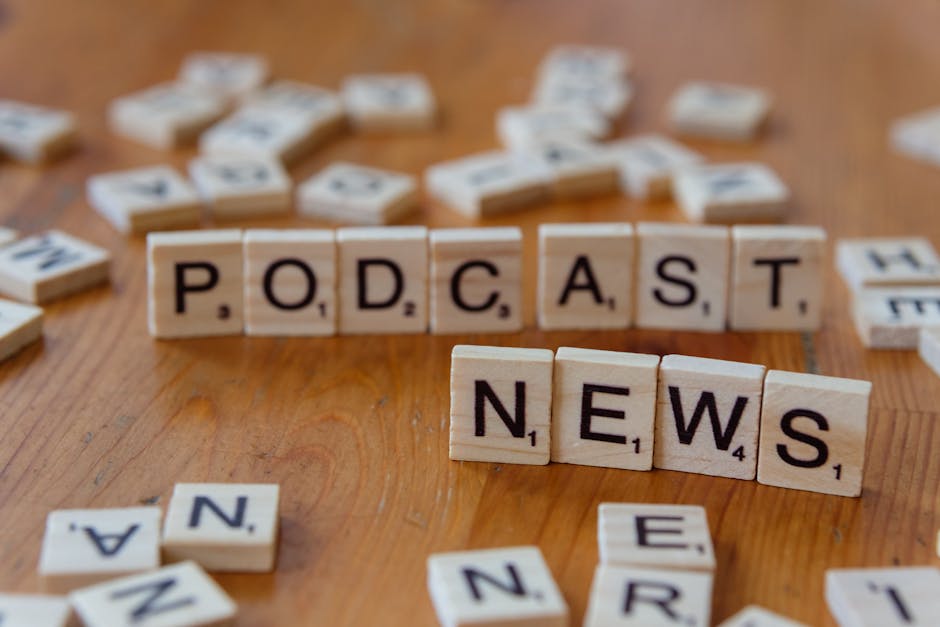Introduction: The High-Stakes Game of Crisis Reporting
Crisis situations—natural disasters, violent conflicts, mass shootings—aren’t just another news cycle. They’re moments of heightened emotion, uncertainty, and public urgency. For journalists, these critical moments come with a unique ethical burden that goes beyond traditional reporting.
Why Crisis Situations Demand a Different Standard
Unlike routine coverage, crisis reporting unfolds as events are actively developing. The stakes are higher, and the consequences of getting it wrong are immediate and lasting.
- Real-time updates can spread panic or false hope
- Incomplete facts may lead to public misjudgment
- Early misreporting can be impossible to fully retract later
Journalists must treat accuracy not as a goal—but as a minimum standard.
Public Urgency vs. the Responsibility to Get It Right
The public understandably demands information during a crisis. People turn to the news for answers, safety updates, and reassurance. But that need does not override the journalist’s responsibility to confirm facts.
- False reports can undermine trust and worsen the situation
- Accuracy may require waiting for official confirmation
- Being second and right is better than first and wrong
A responsible journalist resists the urge to speculate or fill airtime with unvetted information.
Walking the Tightrope Between Speed and Accuracy
In breaking news, time is a double-edged sword. Waiting too long can seem like silence. Moving too fast can lead to critical errors. Ethical crisis reporting is all about balance:
- Cross-check sources even under pressure
- Clarify what’s confirmed versus developing
- Be transparent with the audience about what’s known
Above all, the goal is not just to report quickly—but to report responsibly. The public deserves the truth, not just a headline.
The Pressure to Publish First
In the chaos of breaking news, the stopwatch starts the second an event unfolds. Newsrooms know this. And so does Twitter, Reddit, and anyone else with a smartphone and a signal. That’s the problem: professional journalists are now in a race with unfiltered, often unverifiable content dumped online in real-time. The newsroom’s edge used to be credibility. Now, they’re sprinting to be first—sometimes at the cost of getting it right.
The risk? Misinformation. Rushed headlines, half-baked tweets, or off-the-record rumors presented as fact. Under the pressure of the news cycle, mistakes happen fast and spread even faster. Remember the Boston Marathon bombing in 2013? Several major outlets misidentified the suspect. That scramble to be first didn’t just damage reputations—it harmed innocent people.
Being first is tempting. It gets clicks, boosts visibility, and satisfies a public hungry for instant updates. But when everyone’s chasing the same story, the line between news and noise blurs. Ethical journalism means knowing when to hit pause—even when the rest of the internet hits post.
Verifying Information in Real-Time
In crisis reporting, seconds matter—but so does getting the facts straight. Unconfirmed reports spread fast, especially when echoed by accounts with blue checks or viral reach. The problem? Most people take it all as truth, without knowing who said what and whether it’s real.
This is where sourcing gets serious. Trustworthy information doesn’t just fall from the sky—it comes from proven contacts, vetted public records, confirmed visual evidence, and when possible, multiple eyewitness accounts before running with a headline. Eyewitness footage can be powerful, but it also needs context. A shaky phone video without location data or time stamps can be as misleading as a rumor.
It sounds simple, but here’s the hard rule: always say what you know, and be honest about what you don’t. There’s no shame in using phrases like “reports suggest” or “not yet independently verified.” In fact, doing so can build trust rather than break it. Audiences aren’t expecting you to know everything—they’re just expecting you not to pretend you do.
Protecting Identities and Minimizing Harm
In the rush to inform the public, names carry real weight—and real consequences. A single identification, reported too soon or without full context, can brand someone for life. Wrongfully accused individuals have been harassed, threatened, and digitally stalked. Survivors of crimes or tragedies have had their trauma compounded by public scrutiny. Once a name hits the feed, there’s no clean rollback.
That’s why ethical reporting means knowing when to hold back. Transparency doesn’t always require personal details. Sometimes the most responsible thing a journalist can do is protect the subject of a story from becoming its target. This is especially true with victims, minors, and anyone in vulnerable conditions.
A few principles help: Get informed consent when possible. Consider the long-term impact of publishing someone’s identity. Follow your newsroom’s standards—but if those standards are silent, fall back on the practice of minimizing harm. Remember, the goal is to inform, not expose.
Ethical journalism isn’t just about facts. It’s about judgment. And in high-stakes moments, the most responsible stories are often the ones that don’t name names.
The Influence of Technology on the Ethics Equation
When a crisis hits, the camera is often already rolling. Real-time broadcasting tools—YouTube Live, Instagram Live, Twitter/X Spaces—have turned everyone into potential frontline reporters. That’s powerful. But it’s also volatile. The immediacy of live-streams removes the editorial buffer that traditional journalism relies on. There’s no room to verify before publish—because “publish” happens the second someone goes live.
This changes more than just speed; it changes stakes. Streaming a scene without context can mislead. Broadcasting graphic images without warning can retraumatize communities or even endanger lives. It’s not just about being first anymore. It’s about being aware that even a smartphone can cause lasting real-world ripple effects.
Journalists and content creators both have to walk the line: Fast information helps, but reckless sharing harms. Thinking ahead—about privacy, impact, and clarity—matters more in 2024 than ever before.
For deeper insight on how tools are reshaping immediacy, check out Technology’s Role in Delivering Breaking News Faster.
The Role of Journalistic Integrity
In crisis coverage, the pressure to act quickly can make it difficult for journalists to uphold the ethical principles that keep audiences informed—and protected. Still, integrity must remain central. When the stakes are high, the standards must rise with them.
Staying Impartial Under Pressure
Crisis situations often come with strong emotional undertones—fear, anger, confusion, grief. These emotions naturally affect sources, audiences, and even journalists themselves. But neutrality remains essential.
- Avoid taking sides, even when public opinion sways heavily in one direction
- Frame interviews and reporting with sensitivity, not speculation
- Focus on verified facts, not viral assumptions or emotional reactions
When reporters stick to impartial reporting, they set the groundwork for thoughtful public debate rather than reactionary judgment.
Fact-Checking in the Fog of Breaking News
Misinformation spreads fastest when facts are scarce, and crises often create this fog. In such moments, journalists must slow down enough to check:
- Are we sourcing this from a verified outlet or individual?
- Do we have at least two trusted confirmations?
- Have we double-checked quotes, spellings, and key details—especially names and casualty numbers?
Even a minor error in early reporting can cause ripple effects. Fact-checking doesn’t just protect a newsroom’s credibility—it safeguards public understanding.
The Long Game: Earning (and Keeping) Public Trust
Ethical reporting isn’t just about avoiding mistakes today—it’s about building trust that holds through every future headline.
- Transparency earns loyalty: If information is unconfirmed, say so clearly
- Corrections should be prompt, visible, and accountable
- Consistency in ethical choices strengthens a brand’s authority
Audiences remember how a newsroom responded when accuracy was hardest to maintain. In high-stakes coverage, ethical decisions aren’t an accessory—they’re the backbone of reputational survival.
Conclusion: Choosing Ethics Over Speed
Crisis reporting isn’t just about being fast—it’s about being right. In the rush to break news first, journalists carry a responsibility far beyond the headline. Each choice made during a crisis shapes the way the story is received, remembered, and responded to by the public.
Journalists Shape Public Response
- Reporting in real time influences how communities react, mobilize, and interpret events.
- A hastily published detail can fan the flames of panic or create harmful misconceptions.
- Ethical reporting prompts awareness, empathy, and responsible dialogue.
Courage and Caution Go Hand in Hand
- Waiting to verify facts may seem risky in a 24/7 news cycle, but it prevents long-term damage.
- Exercising restraint in high-pressure moments is not a weakness—it’s professional discipline.
- Ethical strength comes from standing by accuracy, not urgency.
Final Thought: Lasting Impact Over Momentary Speed
- Speed gets attention, but integrity earns trust.
- Audiences increasingly value reliability over sensationalism.
- In crisis reporting, mistakes made in haste can linger long after the story fades.
In breaking news, responsibility doesn’t slow you down—it anchors your credibility.


